Perfect Pond Plants
A pond can be a wonderful feature to any garden and an important part of a successfully designed pond are the plants. There is a wide range of aquatic plants that will thrive in a pond – be they fully submerged, floating on the surface or growing on the pond edge, as a ‘marginal’. The key to adding planting to a pond is that it is appropriate for the size of the pond.
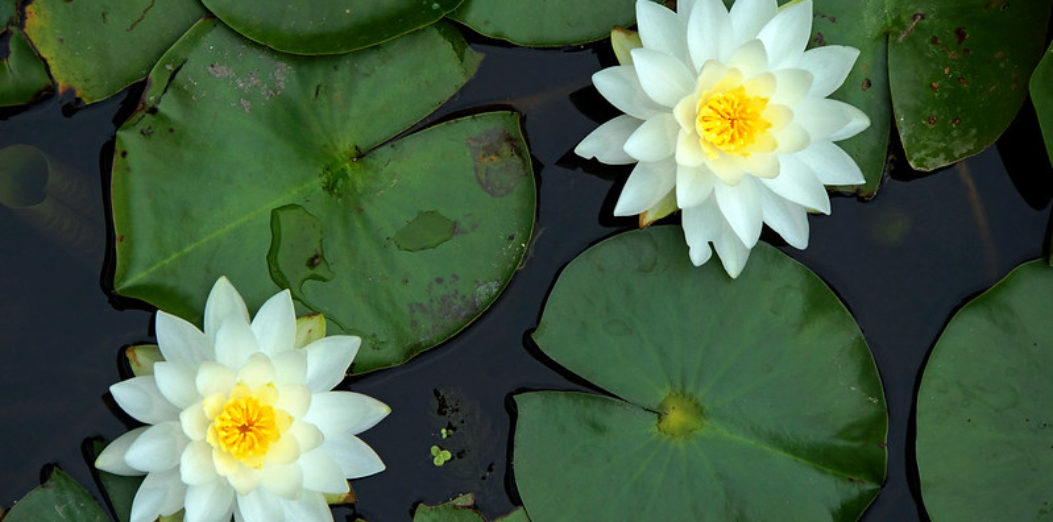
Pond Plant Favourites
Below are a few of my recommended plants:
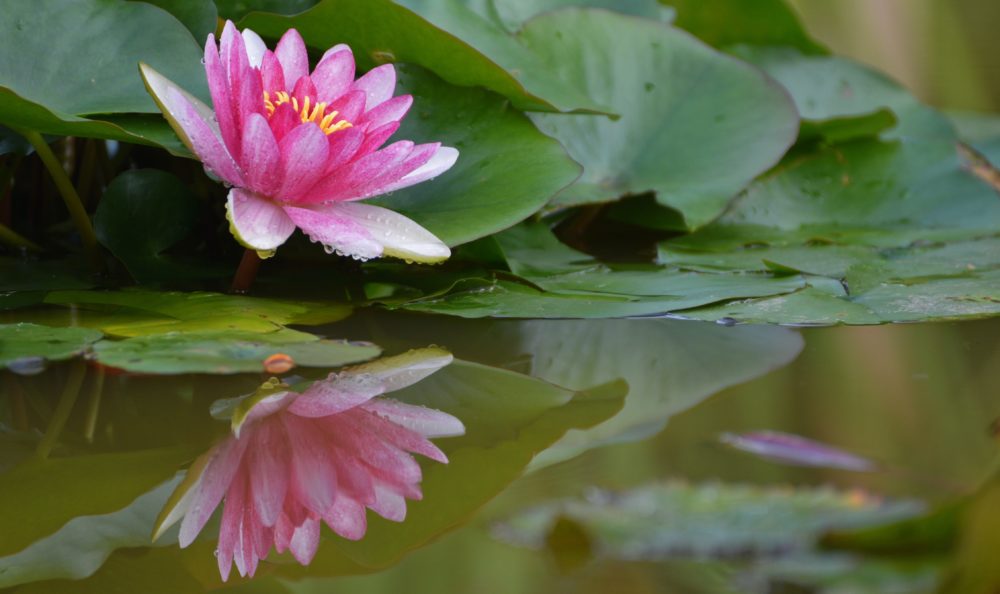
Water lily (Nymphaea)
Probably the most easily recognisable pond plants are water lilies. There are many water lily varieties available, and you will be able to find one suitable for any sized pond.
When buying a water lily for your pond look at how deep the pond needs to be for the selected variety to thrive. They do best in full sun to partial shade.
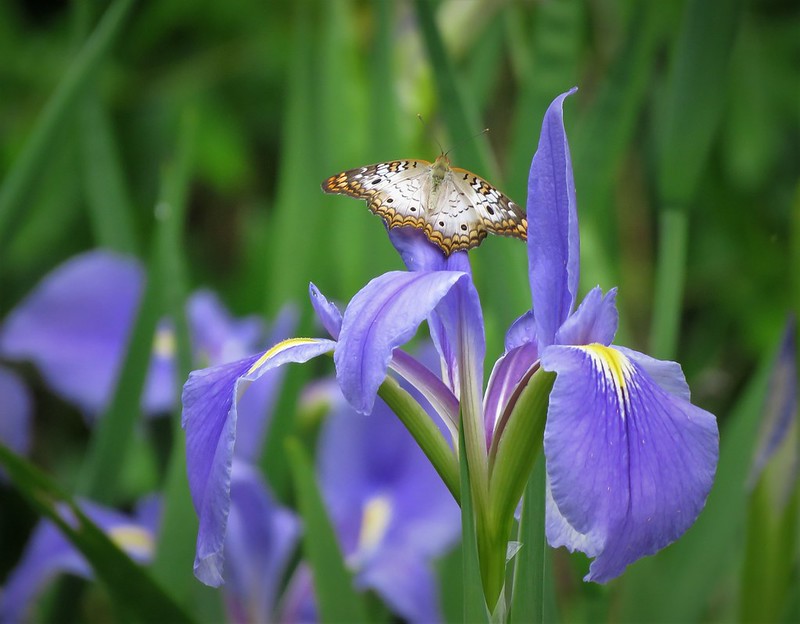
Blue flag iris (Iris versicolor)
Blue flag iris is a beautiful marginal plant with attractive purple flowers from May to June, that are held above erect narrow green foliage.
Iris versicolor is popular with pollinators and, like many irises, will grow well in a small pond or container pond.
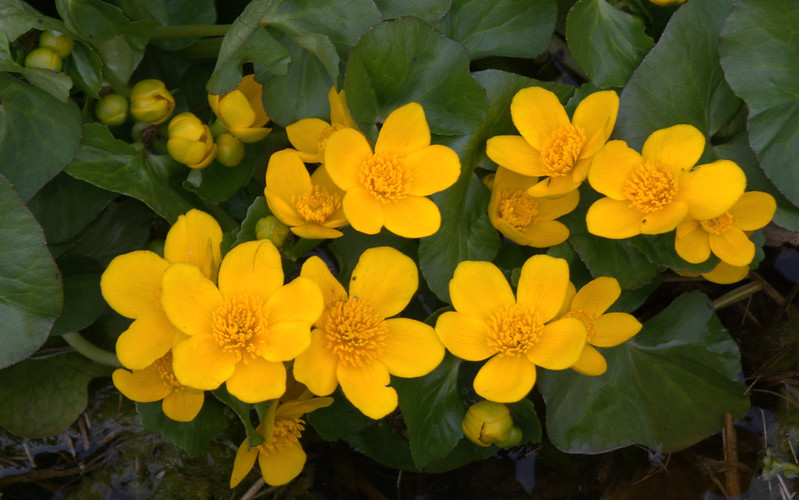
Marsh marigold (Caltha palustris)
If you have a larger pond, consider marsh marigold with its glossy leaves, and yellow, buttercup-like flowers on tall stems in late spring and early summer it is great for pollinating insects.
As a marginal plant is good for a shady pond. It’s a strong clump-forming plant, so is best planted in baskets in shallow water at the edge of a pond and divided every couple of years.
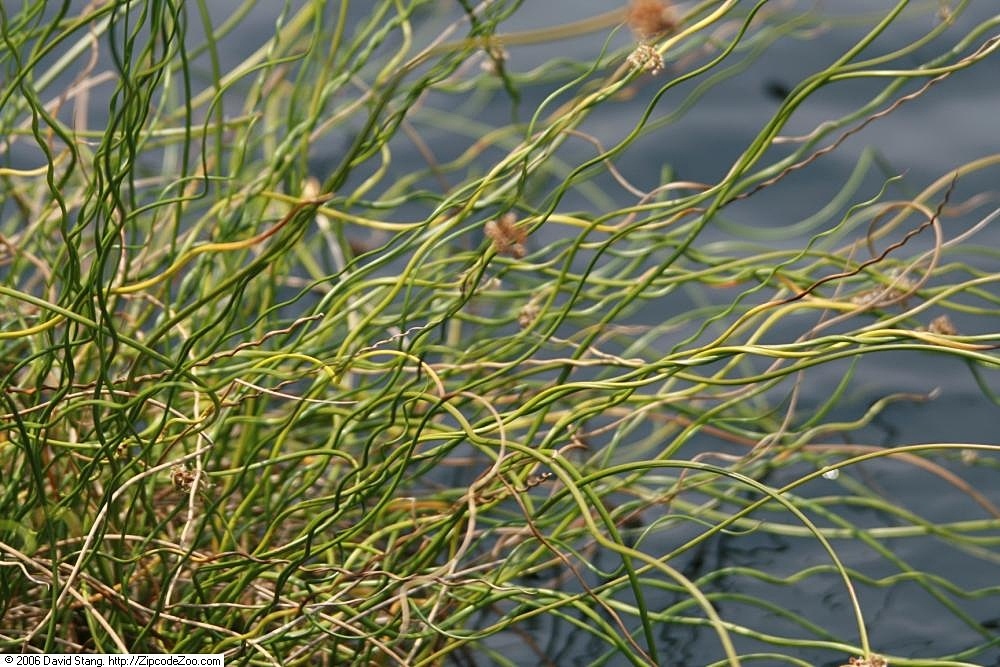
Corkscrew rush (Juncus spiralis)
Corkscrew rush can exist either in shallow water or moist soil.
It is smaller than most other rushes and with thin, green curly spiralling stems that will add some distinctive flair to your pond.
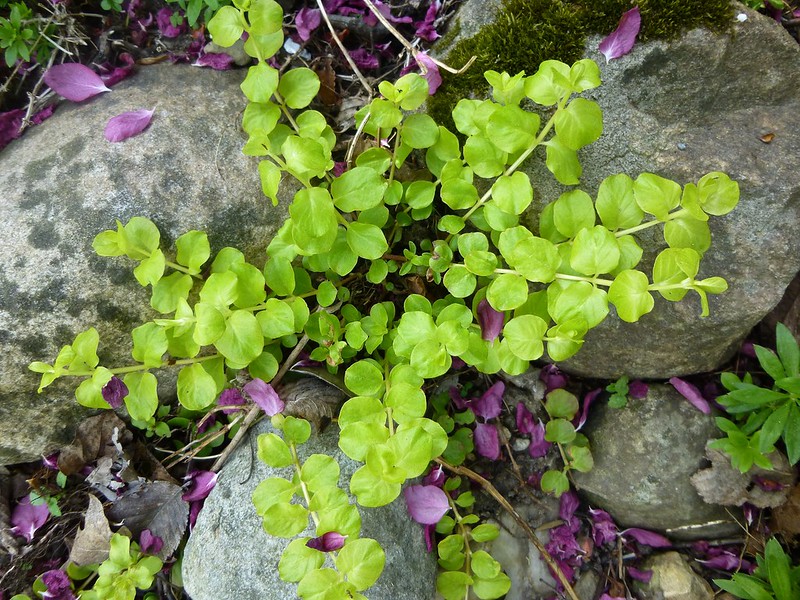
Creeping jenny (Lysimachia nummularia)
Creeping jenny is a favourite among pond garden owners, it’s great for planting amongst rocks and logs around the ponds edge draping over them to flow on top of the water’s edge in a splash of bright green.
It’s very low maintenance and is unlikely to extend too far beyond the edge of the pond and if it does grow beyond where you want it to it is very easy to reduce in size.
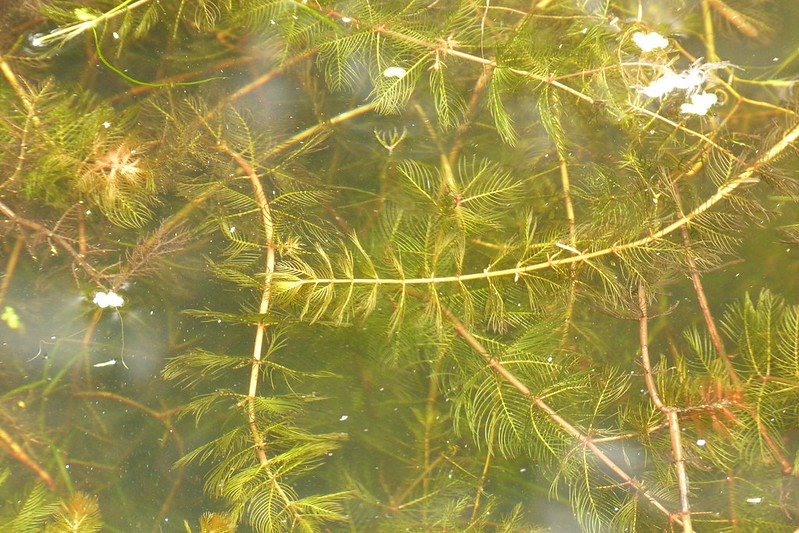
Spiked water milfoil (Myriophyllum spicatum)
A native oxygenating plant, spiked water milfoil, has submerged olive green feathery foliage and small yellow and red flowers appearing above the water surface between May and August.
It suits all sizes of pond, as long as there is a minimum depth of 30cm and a max of 90cm.
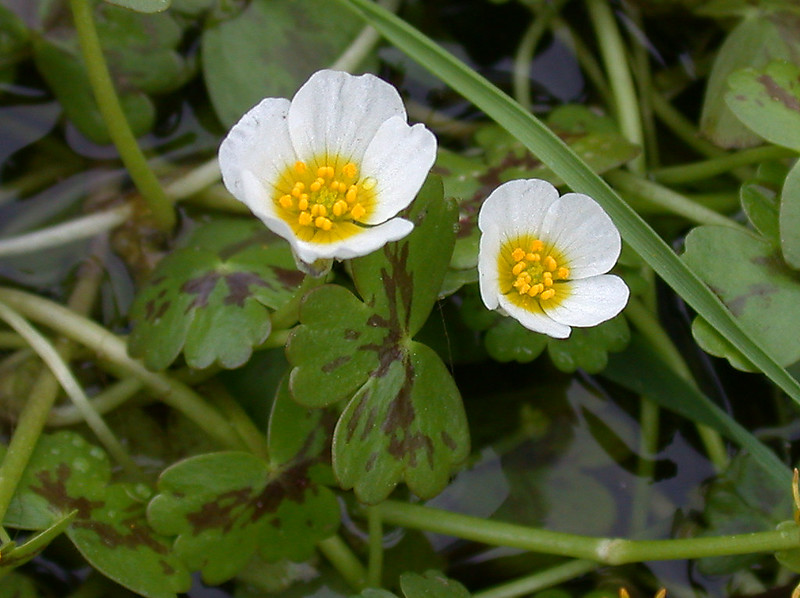
Water crowfoot (Ranunculus aquatilis)
Another native oxygenator that is mostly submerged with some foliage appearing on the surface and white flowers in May. Water crowfoot will draw in the hoverflies, bees and butterflies.
It will tolerate most water conditions including streams and rivers. It doesn’t generally require any maintenance.
And of course, there are lots more…
These of course a just a few suggestions and there are many varieties of ponds plants available, the key is to check that they are suitable for the size of pond and what type of pond you have. If you are looking for more information and plant ideas, you can find a comprehensive list on the RHS website.